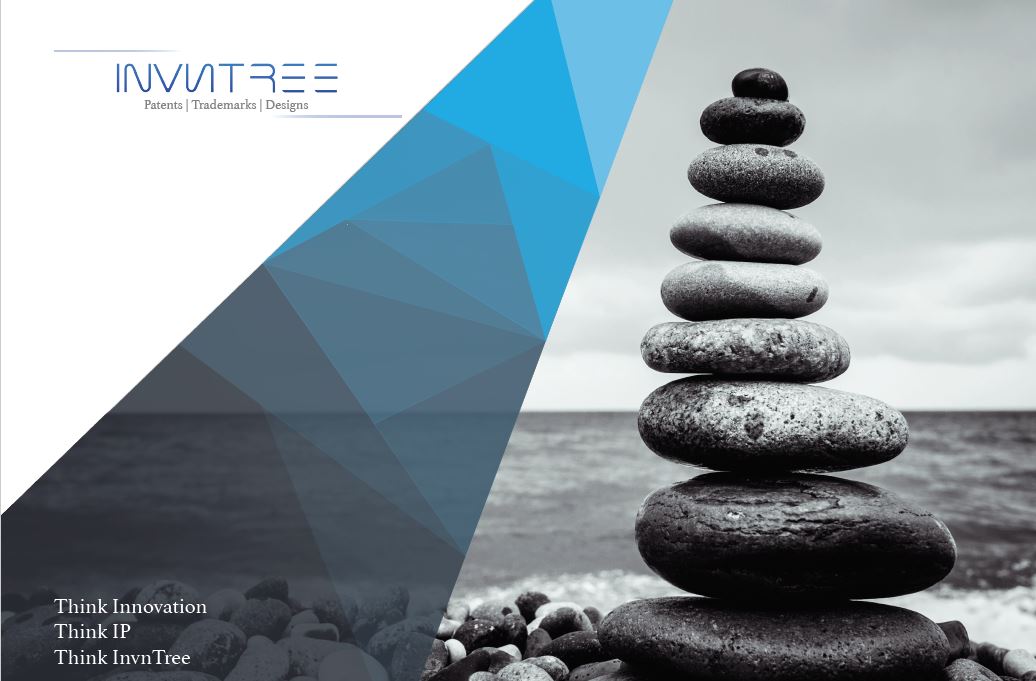Guidelines of 2017 for Examining Computer Related Inventions in India

Patentability of software inventions, which are generally referred to as Computer Related Inventions (CRI), is a topic of constant debate, not just in India, but around the world. India has been trying to introduce objectivity to this topic, which is subjective by nature, by way of amendment to the Act, and by introducing guidelines for examining CRI over the years. The latest among these efforts, is the introduction of guidelines by the office of the Controller General of Patents, Designs and Trade marks, India (generally referred to as Intellectual Property Office – IPO). The guidelines came into effect from June 30, 2017, and replaces previous guidelines for examining CRI. The guidelines can be downloaded here.
The merits of such guidelines being binding on the patent applicants are questionable, since they neither supersede the Act nor caselaw. However, one can argue that these guidelines may be binding on the patent examiners (acting on behalf of the Controller). Nevertheless, these guidelines will have significant practical implications. The examiners are expected to follow these guidelines while examining CRI. Therefore, their rational while issuing examination reports, granting or rejecting patents to CRI will likely be in line with these guidelines. Further, these guidelines, if nothing, are at least an indirect reflection of the governments stand on patentability of CRI. Hence, there are several compelling reasons for discussing these guidelines in greater detail.
At the outset, it is worthwhile to point out that the guidelines (“new guidelines”) are favourable towards grant of patents for CRI, as compared to the outgoing guidelines (“earlier guidelines”). The notable difference between the two guidelines is the ouster of a “three stage” test, reproduced below, prescribed in the earlier guidelines to determine patentability of CRI.
(1) Properly construe the claim and identify the actual contribution;
(2) If the contribution lies only in mathematical method, business method or algorithm, deny the claim;
(3) If the contribution lies in the field of computer programme, check whether it is claimed in conjunction with a novel hardware and proceed to other steps to determine patentability with respect to the invention. The computer programme in itself is never patentable. If the contribution lies solely in the computer programme, deny the claim. If the contribution lies in both the computer programme as well as hardware, proceed to other steps of patentability. (emphasis added)
As per the test, a novel hardware had to be present, irrespective of how inventive the software is, for a patent to be granted. In other words, if the inventiveness lies only in software, then the same is not patentable. Such a stance goes against the legislative intent, which in fact clarified its position by introducing an amendment in 2002. The amendment excluded “computer programme per se”, instead of just “computer programme”, from being considered as patent eligible subject matter. The legislative intent to attach suffix per se to computer programme is evident in the view, presented below, expressed by the Joint Parliamentary Committee (JPC) while introducing the amendment.
In the new proposed clause (k) the words ''per se" have been inserted. This change has been proposed because sometimes the computer programme may include certain other things, ancillary thereto or developed thereon. The intention here is not to reject them for grant of patent if they are inventions. However, the computer programmes as such are not intended to be granted patent. This amendment has been proposed to clarify the purpose
The JPC states “the computer programme may include certain other things”, which may qualify them as inventions, and hence be awarded patents. Computer program cannot certainly “include” hardware. Therefore, the three stage test prescribed previously went against the legislative intent while dealing with CRI.
On the other hand, the debate is, what can a computer program “include” that is “ancillary thereto or developed thereon”, which make it an invention. In our view, computer program can include “technical manoeuvres”, again expressed as computer program, which nudge CRI from being categorized as “computer programme per se”.
The new guidelines do not deal with what “other things” the computer program can include that is “ancillary thereto or developed thereon”, which makes it an invention. Hence, the clarity one may desire in the guidelines while examining CRI is still largely absent. However, on a positive note, the guidelines offer stuffiest scope to the examiners to exercise discretion while examining CRI, and to the applicants to argue their case based on the Act, legislative intent and caselaw, without knocking the doors of the Intellectual Property Appellate Board (IPAB).
In conclusion, we welcome the new guidelines to the extent that the three stage test has been ousted, and offers scope for software inventions to be critically examined, without depriving them of patents for want of novel hardware.
We hope this article was a useful read.
Please feel free check our services page to find out if we can cater to your requirements. You can also contact us to explore the option of working together.
Best regards – Team InvnTree
This work is licensed under a Creative Commons Attribution-NonCommercial 3.0 Unported License

 Follow
Follow



Leave a Reply